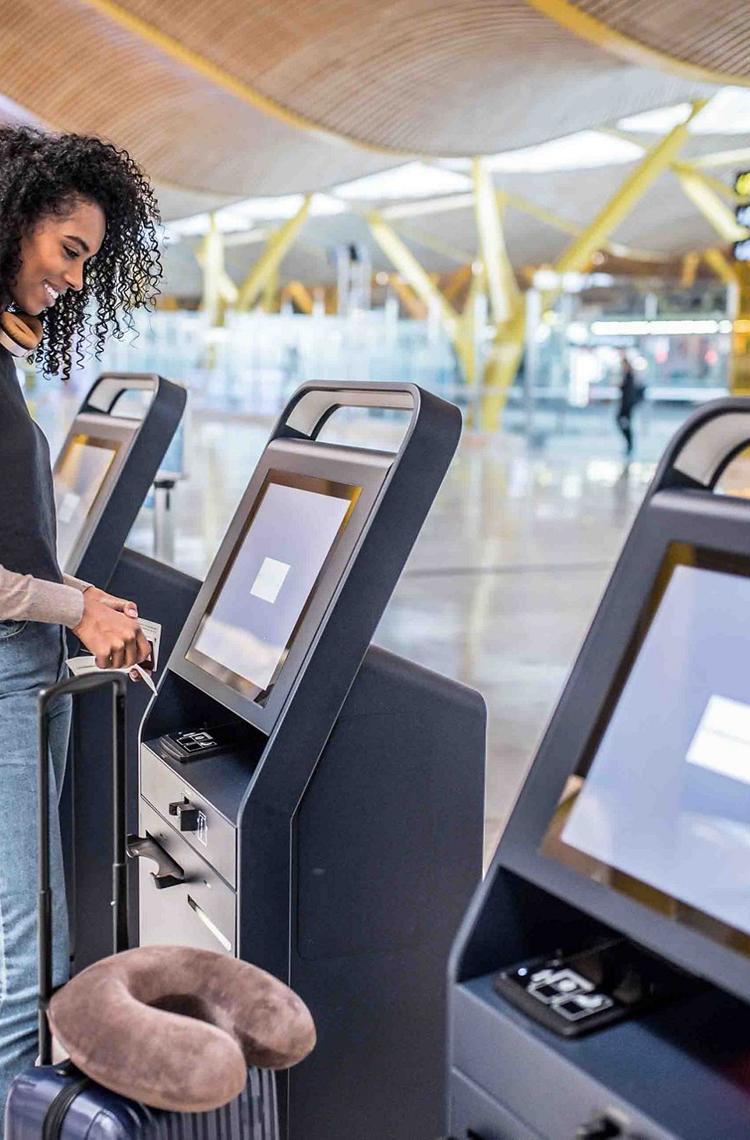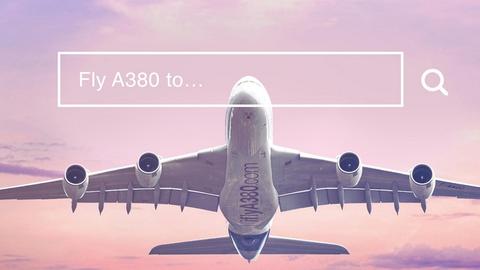Keeping in touch is more essential – and easier – even while airborne. Modern day technology makes connectivity an everyday reality, with online access increasingly available as an in-flight option aboard airliners and at airports.
However, security and price remain important considerations, and figuring out the benefits and the pitfalls can be a challenge.
During the flight
Being connected in the air is becoming increasingly common, expanding from widebody jetliners to the single-aisle segment – especially with the increased time aloft for aircraft such the A321LR long-range variant of A321neo member of the Airbus A320 Family.
Airborne connectivity generally is a paid service, while limited access is provided free by some airlines – with this no-charge accessibility typically restricted to in-flight entertainment options or linking to a map showing the flight’s progress, as examples.
The price usually depends on the time spent online and the volume of data used, ranging anywhere from $7 to $30 (U.S.) per device. If passengers have several devices on board, using a free session on each can help keep the costs down, as connectivity is treated per device. Certain plans also can have data limits in addition to time limits, which can bring potential extra charges – even if the plan covers the flight’s entire duration.
In-flight network services typically have connection speeds of 15 Mbps – which is fast enough for streaming. Connectivity is constantly improving.
While connection speeds tend to be slower in-flight than on the ground, performance usually is sufficient for basic online browsing and text-based messages. It’s a good idea to check the airline’s Wi-Fi data plans before the trip: some offer discounted plans for members or frequent flyers, while others have a monthly pass for regular travellers. In some cases, there can be a significant mark-up to purchase access in the air, rather than before take-off.
Since in-flight network speed may be lacking, disabling background apps and automatic backup can help accelerate connectivity – as can downloading large files before boarding and visiting the desired websites before connecting to in-flight Wi-Fi so they cache locally. When travelling with several devices, passengers can share in-flight network access between them with a travel router, effectively turning a laptop into a Wi-Fi hotspot.
Airborne Wi-Fi may not be available during all phases of flight, based on factors that include altitude and the aircraft’s orientation.
As an alternative to in-flight Wi-Fi, some airlines offer a broadband connection, allowing passengers to use their own telephones to make calls, send messages or browse the internet rather than using the aircraft’s network. However, this also means that service providers may apply roaming changers as per the individual’s plan.
At the airport
To make passengers’ travel experience easier and more convenient, many airports offer free and simple access to the internet – although airport Wi-Fi connection speeds can vary.
When using public Wi-Fi, it’s important to keep in mind that certain networks may not be completely secure. There are steps passengers can take to keep their information safe, such as joining the official airport network – and not simply choosing the first one that appears on the list. This can be validated by seeing if the hotspot name matches the official connection name for the airport or its operating authority. Most airports will also require passengers to enter their email address and a password. Wi-Fi networks in business lounges may be more secure and faster, but the same rules of caution apply as well.
Airports in the United States, Southeast Asia, Germany and the Baltic countries get top rankings for Wi-Fi connection speeds, while airports in South America tend to have much slower connections.
To keep personal data safe, it is best to avoid sending any such information over a public Wi-Fi network while also ensuring the sites visited have secure HTTPS (Hypertext Transfer Protocol Secure) encryption. Passengers should avoid transferring documents via FTP (file transfer protocol) while also disabling automatic file sharing to the cloud while working on sensitive documents.
Using a personal or company VPN (virtual private network) also improves browsing safety, as it encrypts all communications. Having a VPN connection can also help access certain blocked websites, including social media and news sites, when travelling in a country with internet restrictions.

